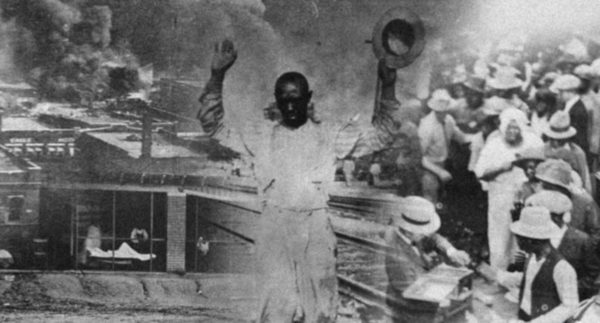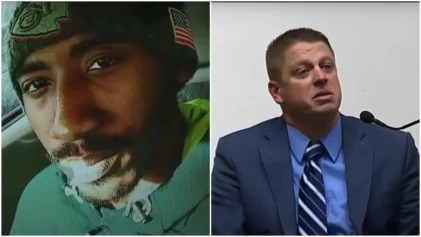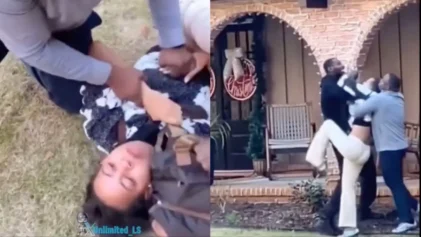On Monday, Oct. 19, Oklahoma archeologists and forensic scientists began to excavate an area of a Tulsa cemetery that is thought to be the “Original 18” site, a section of Oaklawn Cemetery believed to be the burial place of 18 Black victims of the 1921 Tulsa Race Massacre.
Officials believe 18 Black people whose names are listed on a ledger at a white-owned funeral home may be found in unmarked graves, ones the funeral home never plotted precisely.
As many as 300 people died and more than 800 were injured in the Tulsa Race Massacre that devastated the affluent Black Greenwood community almost 100 years ago.

The violence began after a Black teen, Dick Rowland, was accused of assaulting a white woman, Sarah Page, in an elevator. At some point during the elevator ride, Page screamed, and Rowland subsequently fled the scene.
Rumors spread across the city about what may have occurred, and Rowland was arrested the next morning. White mobs swarmed the courthouse, demanding Rowland be handed over, but the sheriff refused, and officials barricaded Rowland on the top floor.
A group of 25 armed Black men arrived to offer their help in protecting Rowland but the sheriff declined. The mob clashed with the group and shots rang out. Outnumbered, the Black men retreated to the Greenwood district, as the mob followed in pursuit.
Over an 18-hour period between May 31 and June 1, white mobs attacked, burned and looted the thriving business district, Black Wall Street. Thousands of survivors were left homeless, and reports of what occurred were largely silenced within the media.
Some whites were deputized during the massacre, and no white person has ever been charged in connection to any of the violent acts committed that night.
The ledger, which lists the names of 13 of the 18 people who were buried in the unmarked graves, was found in 1998. The site where those victims are thought to be interred has come to be known as the Original 18 site.
In July, they city began to dig for victims of the massacre for the first time in Oaklawn cemetery, but no remains were discovered. The second excavation is an expansion of the previous search.
Oklahoma’s state archeologist, Kary Stackelbeck, said researchers have a “high level of confidence,” that remains will be found in the location believed to be the burial site of the 18 victims from the ledger.


